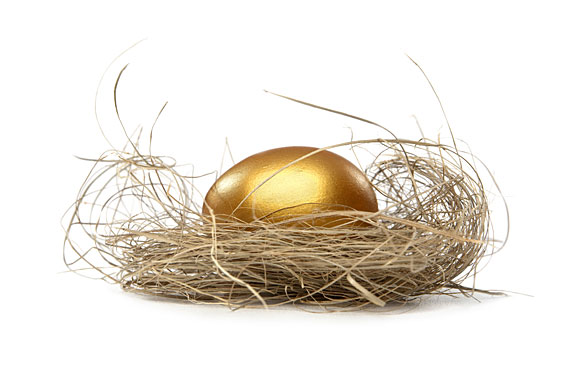Workers are more likely to retire after a period of strong equity returns, but they may be leaving the workplace at a time when their nest eggs are at the most risk.
Workers are more likely to retire after a period of strong equity returns, but they may be leaving the workplace at a time when their nest eggs are at the most risk.
A study performed by the University of Missouri and sponsored by Prudential Financial Inc. revealed a handful of factors that affect the timing of employees' retirement. Individuals over 50 and their spouses were studied from 1992 to 2008.
Strong equity market returns appear to be a major factor behind the decision to leave the workplace. According to the study, a 1% gain in the S&P 500 in a year will raise the possibility that a pre-retiree will retire by 2.5% during that year. Therefore, if the S&P 500 leaps by 10%, workers are 25% more likely to retire than they would be during a flat year for the index.
Employees are also likely to retire if their spouse decides to stop working. Those pre-retirees are 2.4 times more likely to leave the work force in any given year than those whose spouses are still working. Finally, pre-retirees who have a defined-benefit plan only are almost two times more likely to step down from their jobs in any given year than those who are covered only by a defined-contribution plan.
Deciding to leave the work force after markets have been on an upswing carries serious risks, according to the report. The probability of a negative year for the S&P 500 is higher after stronger performance in the three previous years, according to the study. There is a 50% chance for a negative return after a three-year period in which the S&P 500 earns an average annual return of at least 20%, according to the study.
Retirees' portfolios feel the market losses more keenly if the declines take place early in retirement. Early negative returns, combined with withdrawals, will leave the investor with fewer assets to invest later in life, the study revealed.
The study noted that people may be retiring after strong returns because they have reached a certain level of assets in their retirement accounts. This particular survey did not examine what the retirees did with their asset allocations after leaving their employers, said Prudential spokeswoman Lisa Bennett.
As a result, advisers may want to discourage clients from fixating on a single number before deciding when to retire, and to weigh in other factors, including whether they would have enough money to generate income in retirement and whether they could benefit from delaying retirement. The study also suggested that advisers consider the timing risk tied to a client's decision to retire, and to re-balance the portfolio as employees ends their working days.
Market-neutral and absolute-return funds could reduce portfolio volatility and protect the principal, according to the study.







